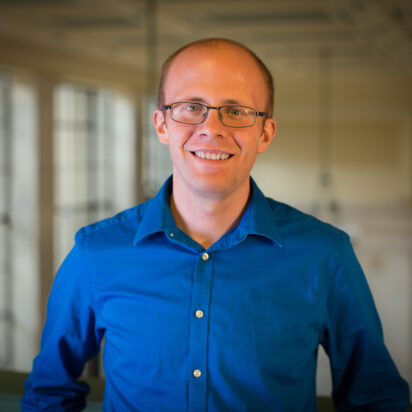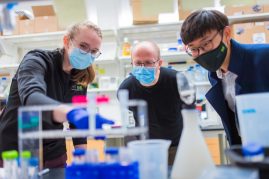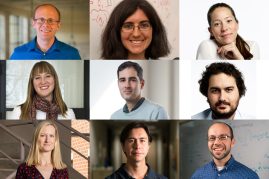Michael Birnbaum, PhD

Decoding and manipulating immune recognition
Understanding and manipulating immune recognition, using protein engineering in cells to create novel immune treatments, and developing methods to study and engineer diverse repertoires of molecules.
Contact
Staff
Research:
The immune system leverages immense molecular diversity in the T, B, and NK cell receptor repertoires to distinguish between normal cells and cells altered by infection or cancer. This molecular diversity often makes understanding exactly what is recognized during the course of an immune response extremely challenging. As a result, efforts to study antigen recognition have often been limited to working with model antigens.
Our group focuses on understanding and manipulating ‘natural’ adaptive immune responses in the context of cancer and infection. We use a variety of strategies and techniques including protein biochemistry, protein engineering, sequencing, and bioinformatics to 1) identify immune cells of interest, 2) determine the sequences of their antigen receptors, 3) directly determine what the immune response is ‘seeing’ in response to cancer or infection, and 4) answer questions about how the immune system composition and dynamics affect the success or failure of an immune response. This type of systematic, unbiased examination of the antigen recognition repertoire of any given T or NK cell receptor has, until recently, been extremely difficult. With this information, we will be able to rationally engineer new methods to more specifically and potently mount a potent immune response.
We are also interested in adapting what we learn about immune recognition to better understand other systems that rely upon diverse molecular recognition, as well as to engineer novel diverse protein repertoire systems.
Biography:
Michael obtained an A.B. in Chemical and Physical Biology at Harvard University in 2008. He then moved to Stanford University, where he completed his Ph.D. in Immunology in 2014. At Stanford, he worked in Professor K. Christopher Garcia’s laboratory, studying the molecular mechanisms of T cell receptor recognition, cross-reactivity, and activation. He then conducted postdoctoral research in Professor Carla Shatz’s laboratory, studying novel roles for immune receptors expressed by neurons in neural development and neurodegenerative disease. Michael joined the Department of Biological Engineering in 2016 as an Assistant Professor.

